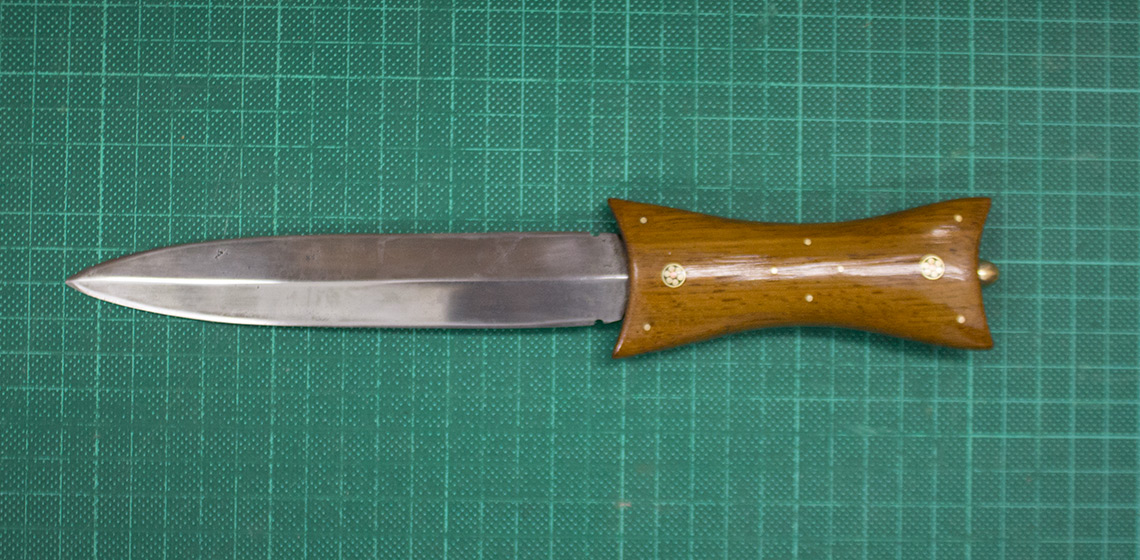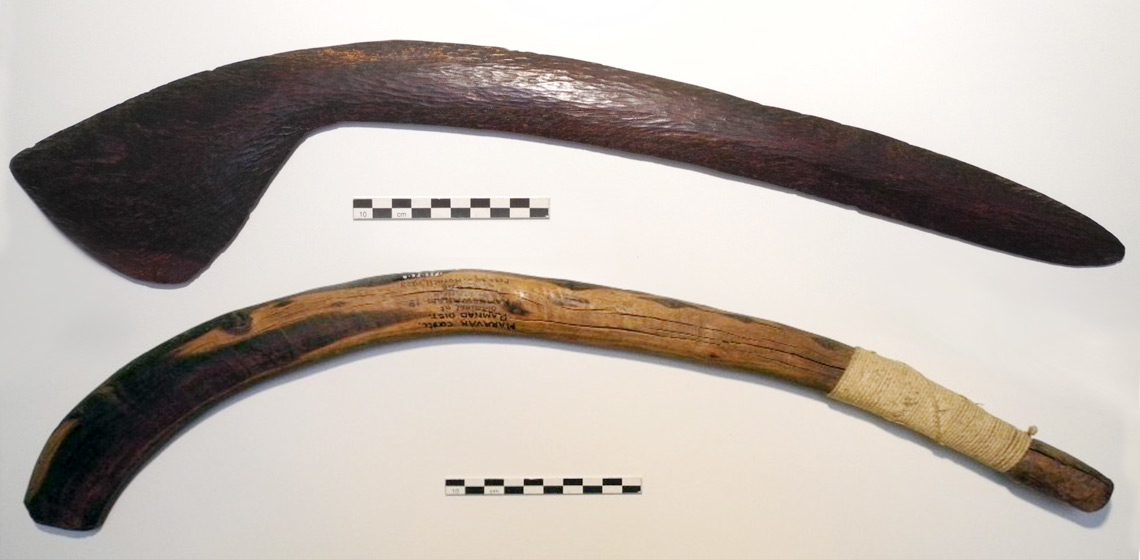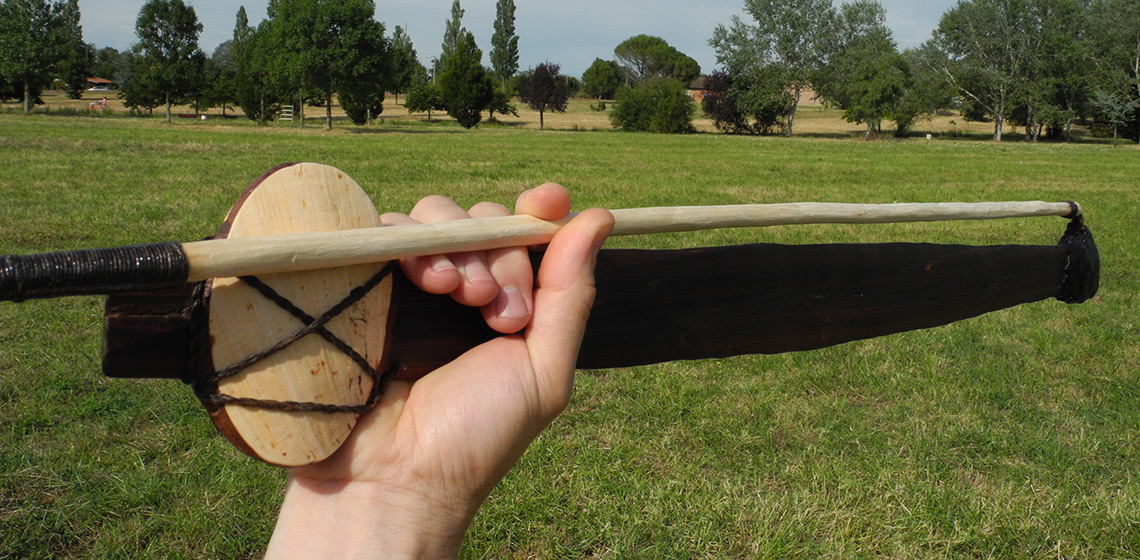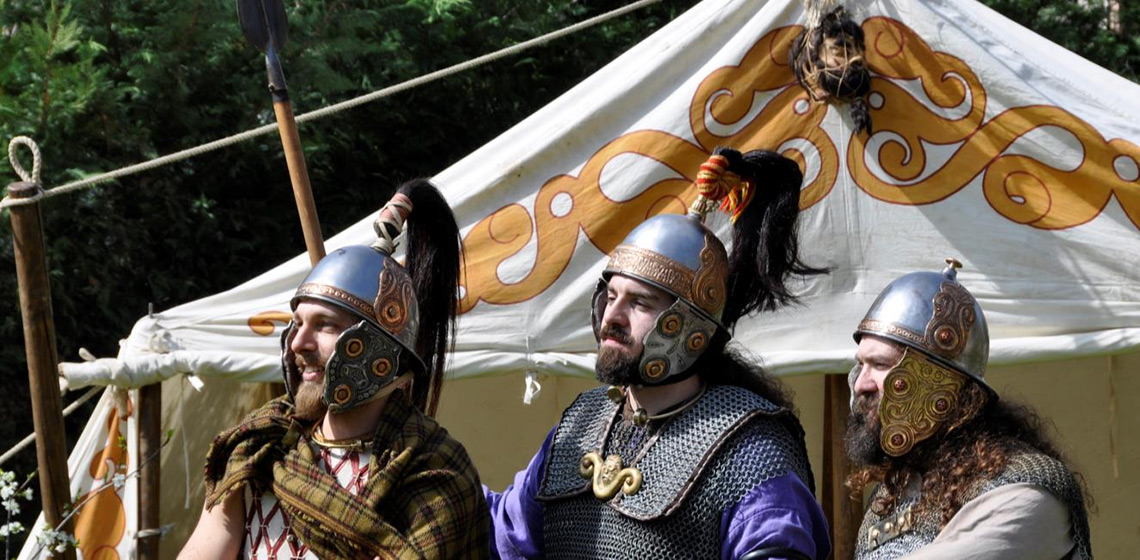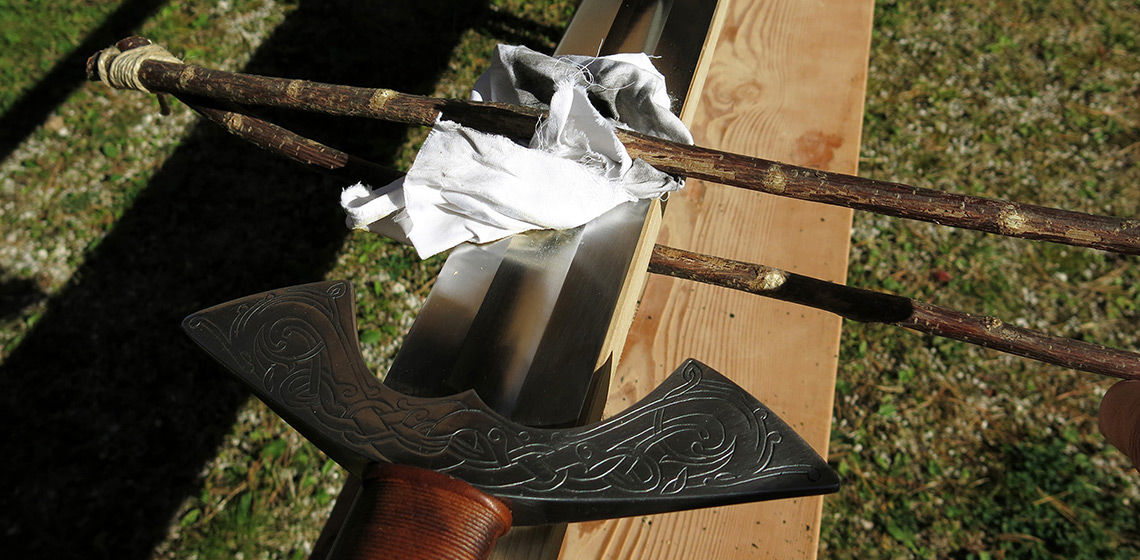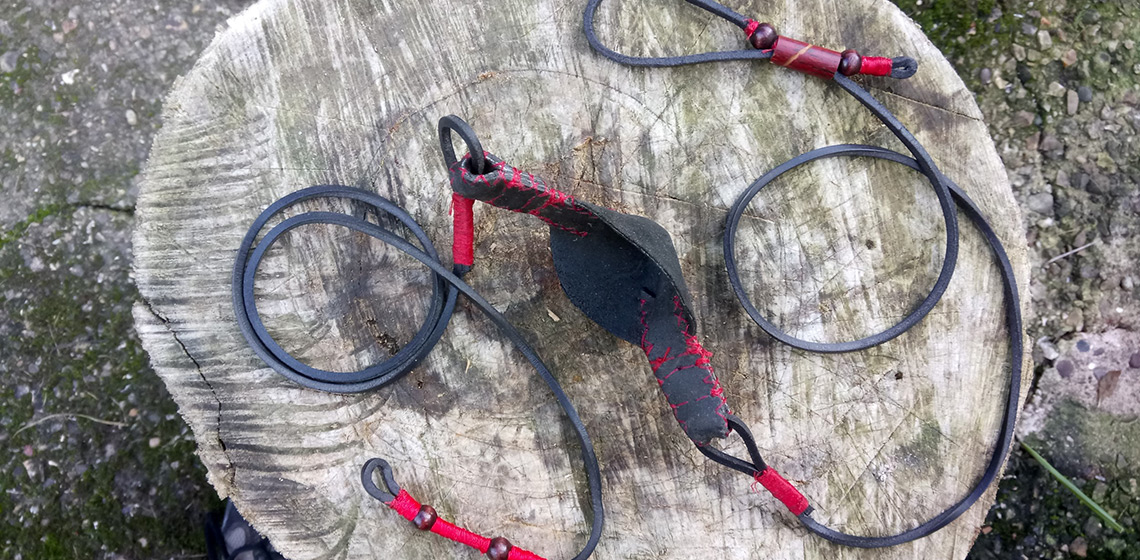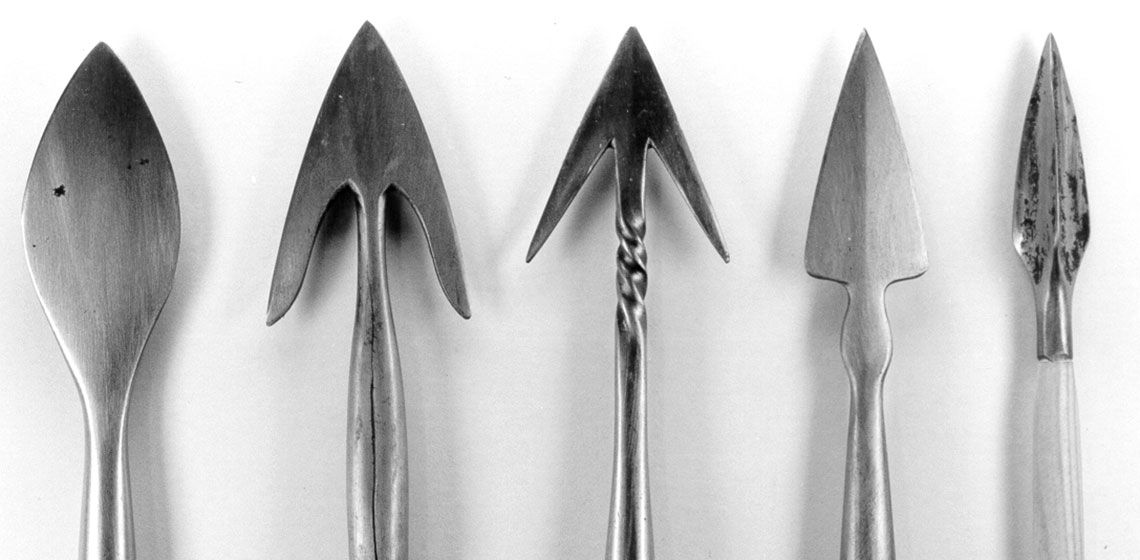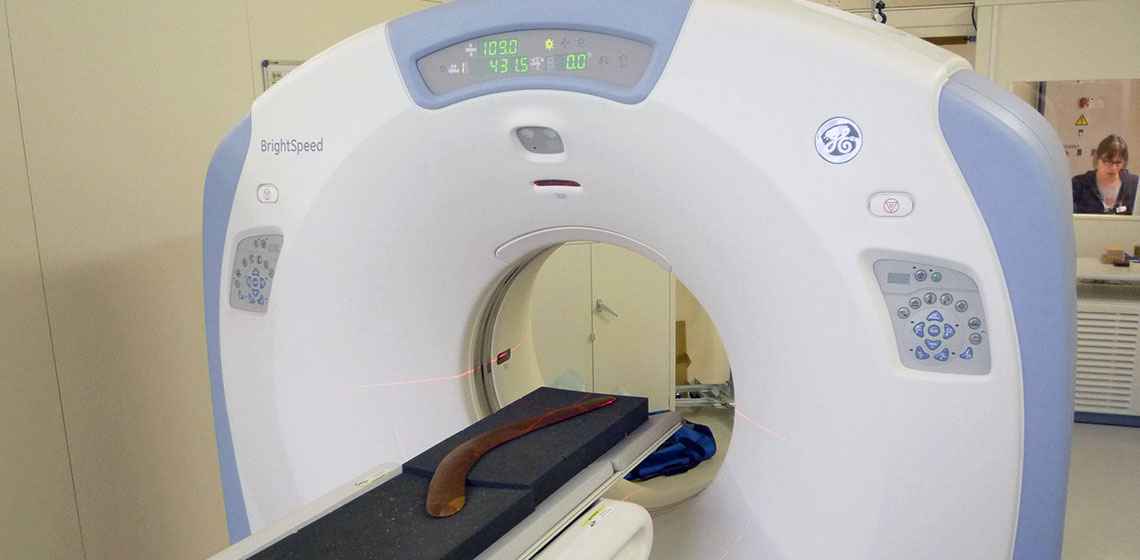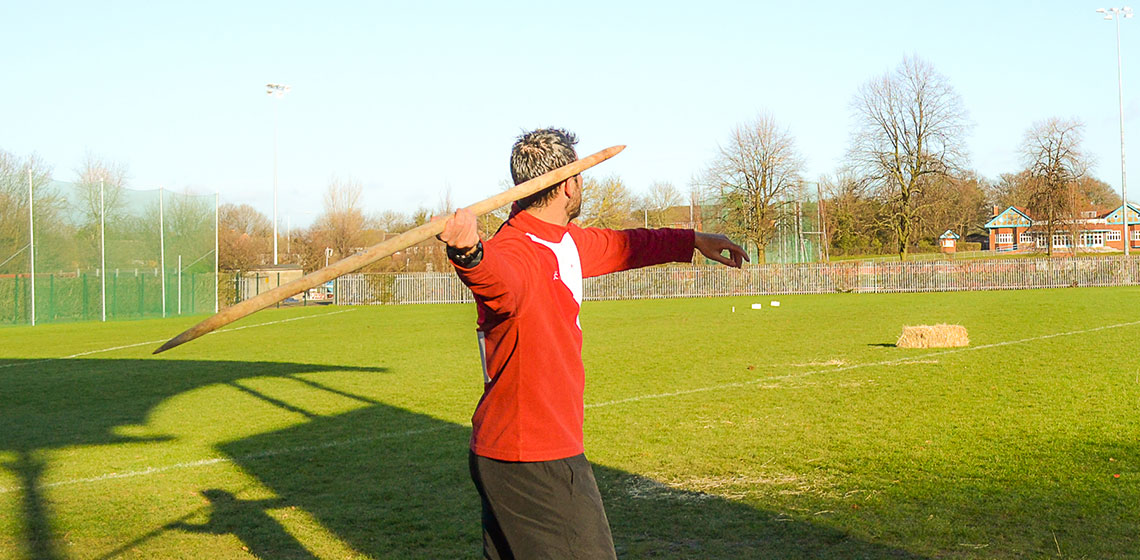weapon
Throwing Stick to Spear Thrower - Study of Ethnographic Artefacts and Experimentation
An evolution that might have let some traces in the features of some particular Australian Aboriginal wooden implements.
Background
Short review of the antiquity of the three main types of prehistoric projectile weaponry
The bow, an invention reflecting a new hunting environment
Embossing Technique between III and II Century BC: Experiments and First Results
***The purpose of this paper is to explain our experience with the process of experimental archaeology, involving the reproduction and field testing of embossed decorations, inspired to archaeological finds. As a re-enactment group focused on Celts and Ligurians of III – II century BC we reproduce items and/or ornaments...
“A Mirror for Men” – Reconstructing a Medieval Polishing Bench and Putting it to the Test
***In the late 5th century AD, the famous Ostrogoth Theoderic the Great received a truly regal gift from the king of the Warini: he was given highly elaborated swords, richly decorated and able to cut through armour. Their fullers (long grooves along the flat side of the blade to reduce weight and to gain stability...
The Arrowheads of the Squared-Mouthed-Pottery Culture: Reconstruction and Shooting Experiment
***This international experimental project focused on the production of replicas of different models of flat-retouched flint arrowheads (stemmed, with flat base, and ogives -with rounded base-) in use within the Neolithic Squared-Mouthed-Pottery Culture (SMP) of Northern Italy. The aim was to test their efficiency in order to understand if...
The Iron Age Shepherd Sling
Shooting Experiments with Early Medieval Arrowheads
X-Ray Tomography and Infrared Spectrometry for the Analysis of Throwing Sticks & Boomerangs
In 2009, confronted to the study of throwing sticks collections from several museums and private collections (including more than three hundreds artefacts) and the need to evaluate their aerodynamic and functions, I developed a throwing stick classification and a methodology to measure their characteristics (Bordes, 2014). This approach is complementary to the gathering of ethnographic or archaeological contextual data to confirm or invalidate hypotheses about theirs functions.
